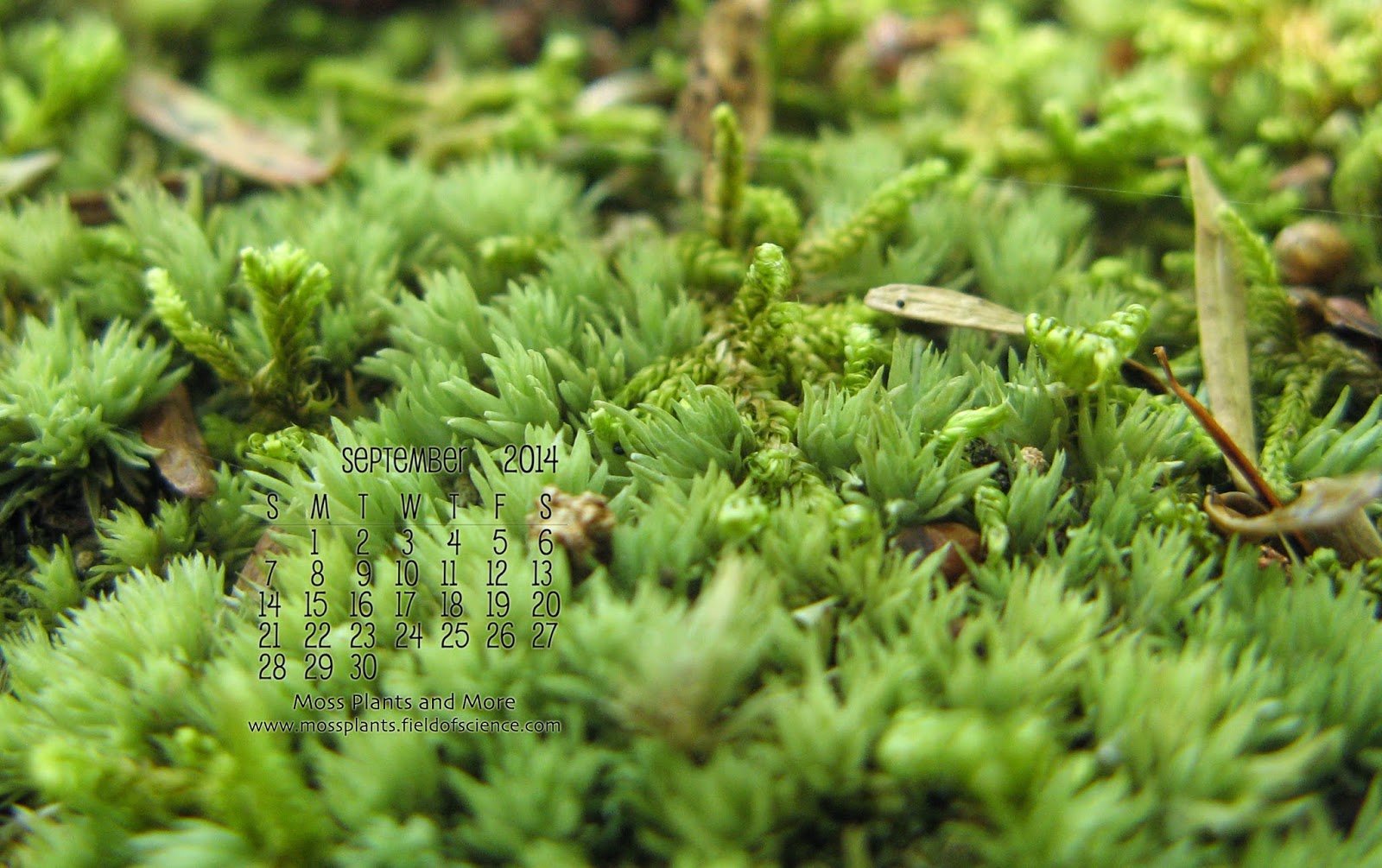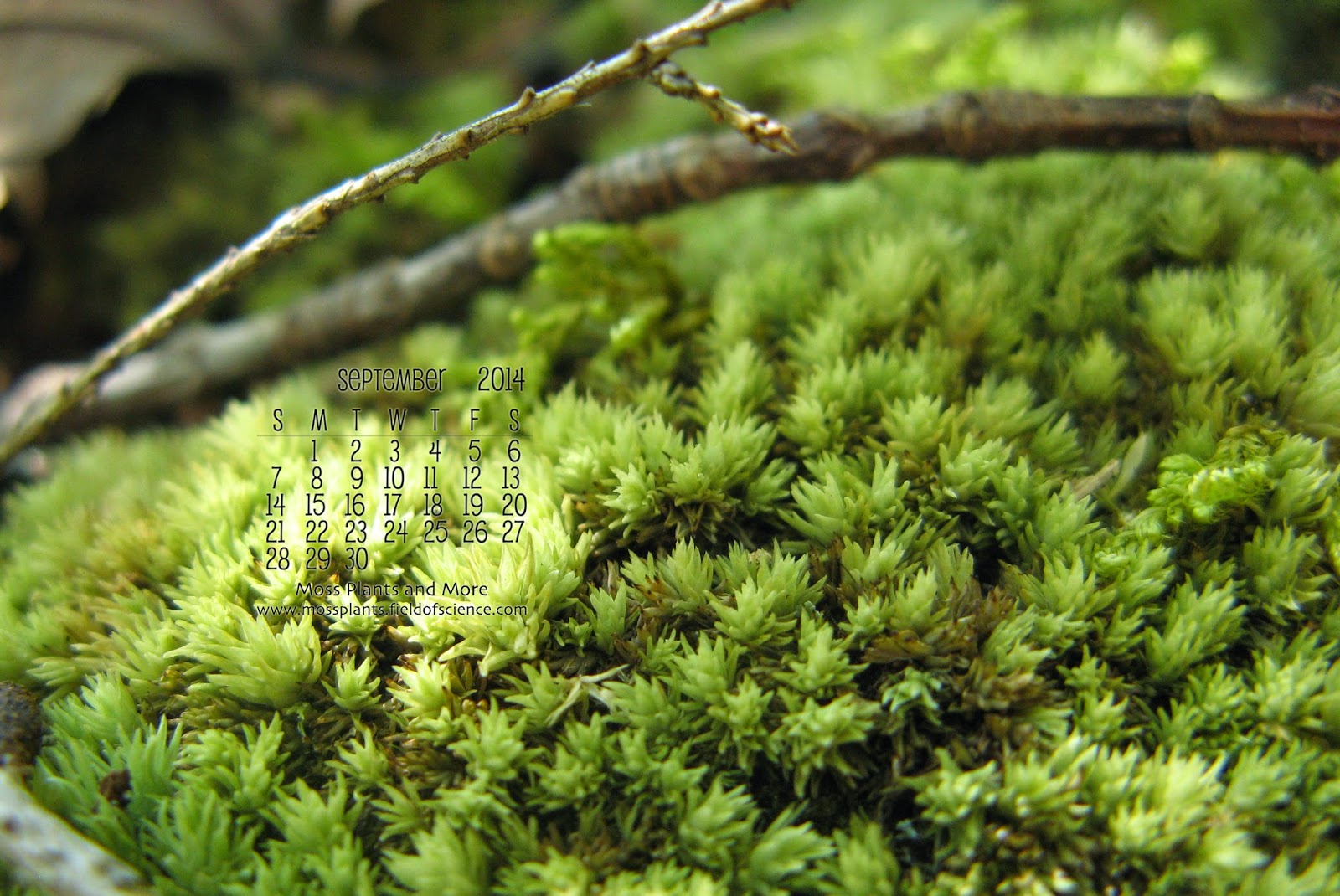 |
| There are two other issues that I see with the scientific name. Can anyone else find them? Add your thoughts in the comments section. |
This was part of my birthday present from a friend who lives in Portland. They are magnets made from clay to resemble moss- covered stones. Right now they are still attached to the paper hanging on my refrigerator. I just can't bring myself to separate them from their great background packaging.
The only improvement they could use for scientific accuracy is the name. For plants, a species name is only a binomial, whereas trinomials are regularly used for animals. If a level below species is needed for plants, an abbreviation before the last name is used. For plants, the levels below species include: var. = variety, subsp. = subspecies, and f. = form.
Botanists vary widely on their use of the levels below species. Some never use them and even think that no one should use them. My undergraduate mentor's comment about levels below species was that they were for scientists who didn't have the gumption to call them different species. (In my memory this phrase is said with a south Boston accent and the word in italics was significantly more colorful.) Other scientists use levels below species regularly. The ranks below species can be used to describe populations within a species that are geographically or ecologically distinct or a plants with a distinct morphology.
Personally I lean away from ranks below species, except when they are viewed as an evolutionary hypothesis in need of testing with additional data. Then I see them as a interesting question just waiting to be answered.
For a thorough analysis of these ranks below species, check out this publication.

















































